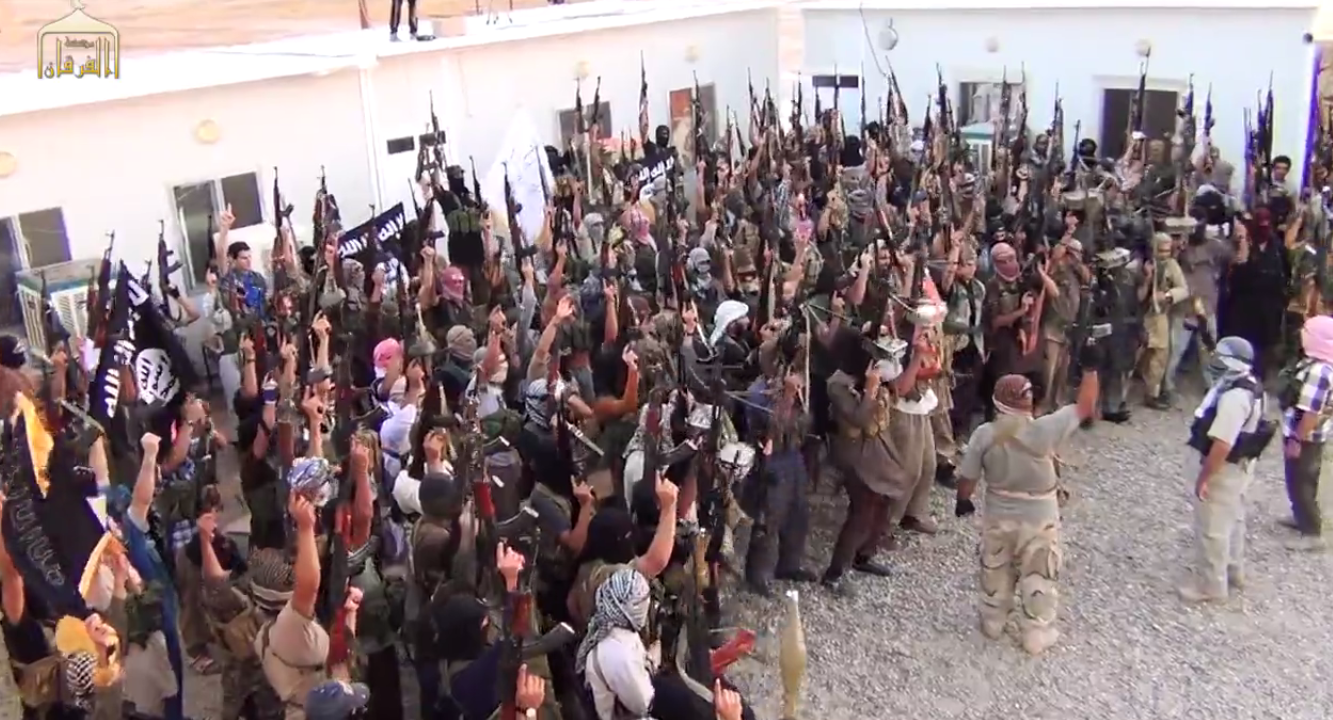Ukraine Rebel Leader Asks for Aid, Cease-Fire
Associated Press , August 9, 2014
DONETSK, Ukraine — Ukraine’s rebels are surrounded and ready to agree to a cease-fire to prevent a “humanitarian catastrophe,” the insurgents’ new leader said Saturday as conditions deteriorated in the rebel stronghold of Donetsk, artillery thundering through deserted streets.
There was no immediate government response to the cease-fire statement. Ukrainian troops have made steady advances against the rebels in recent weeks.
"We are prepared to stop firing to bar the spread of the scale of the humanitarian catastrophe in Donbass (eastern Ukraine)," Aleksandr Zakharchenko, the so-called prime minister of the Donetsk separatists, said in a statement on a rebel website.
His motive for offering a cease-fire was not clear but his comments could be aimed at increasing the pressure on Ukraine to allow in a Russian aid mission.
Russia, which the Ukrainian government in Kiev and Western countries allege is supporting the rebels, has called repeatedly for a humanitarian mission into eastern Ukraine. But Kiev and the West suggest that could be just a pretext to send Russian forces into the region — and say about 20,000 of them have gathered just across the border.
Ukrainian President Petro Poroshenko issued a statement late Saturday saying that Ukraine is prepared to accept humanitarian assistance in eastern Ukraine. But he said the aid must come in without military accompaniment, it must pass through border checkpoints under Ukrainian control and the mission must be international in character.
Poroshenko said he and German Chancellor Angela Merkel discussed German participation in such a mission.
In Washington, the White House said President Barack Obama and Merkel agreed that any Russian intervention in Ukraine was unacceptable and would violate international law.
Artillery reverberated Saturday across Donetsk, home to nearly 1 million people before 300,000 fled the conflict.
Associated Press , August 9, 2014
DONETSK, Ukraine — Ukraine’s rebels are surrounded and ready to agree to a cease-fire to prevent a “humanitarian catastrophe,” the insurgents’ new leader said Saturday as conditions deteriorated in the rebel stronghold of Donetsk, artillery thundering through deserted streets.
There was no immediate government response to the cease-fire statement. Ukrainian troops have made steady advances against the rebels in recent weeks.
"We are prepared to stop firing to bar the spread of the scale of the humanitarian catastrophe in Donbass (eastern Ukraine)," Aleksandr Zakharchenko, the so-called prime minister of the Donetsk separatists, said in a statement on a rebel website.
His motive for offering a cease-fire was not clear but his comments could be aimed at increasing the pressure on Ukraine to allow in a Russian aid mission.
Russia, which the Ukrainian government in Kiev and Western countries allege is supporting the rebels, has called repeatedly for a humanitarian mission into eastern Ukraine. But Kiev and the West suggest that could be just a pretext to send Russian forces into the region — and say about 20,000 of them have gathered just across the border.
Ukrainian President Petro Poroshenko issued a statement late Saturday saying that Ukraine is prepared to accept humanitarian assistance in eastern Ukraine. But he said the aid must come in without military accompaniment, it must pass through border checkpoints under Ukrainian control and the mission must be international in character.
Poroshenko said he and German Chancellor Angela Merkel discussed German participation in such a mission.
In Washington, the White House said President Barack Obama and Merkel agreed that any Russian intervention in Ukraine was unacceptable and would violate international law.
Artillery reverberated Saturday across Donetsk, home to nearly 1 million people before 300,000 fled the conflict.







